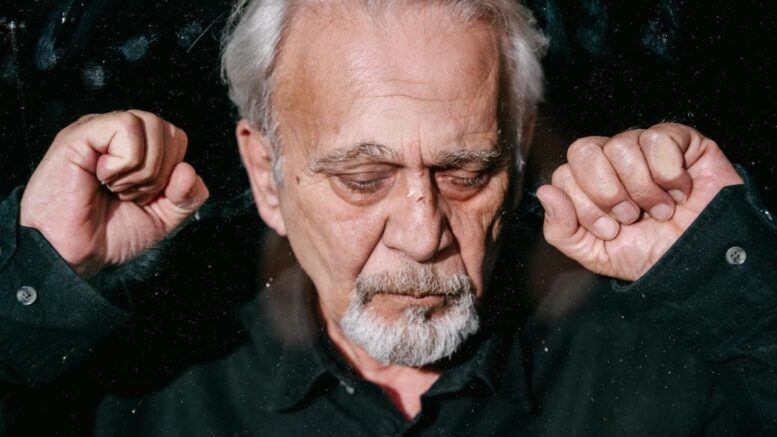Let’s talk about a problem that haunts our society, yet often remains unacknowledged – elder abuse in nursing homes. It is a heartbreaking, visceral reality for an alarming number of our aging population. In the heart of Missouri alone, reports show that an unsettling 1 in 10 senior individuals experiences some form of abuse. This underlines the need to not only acknowledge this issue but also to explore ways to address it effectively.
The Painful Reality of Elder Abuse in Nursing Homes
Consider Mrs. Smith, a loving mother and grandmother, who, after years of living an active and vibrant life, found herself isolated in a nursing home. With her family busy handling the chaos of their own lives, Mrs. Smith spent her remaining years flanked by four unfamiliar walls and indifferent nurses. The scent of fresh lavender from her garden was replaced with the smell of strong disinfectants; the gentle voice of her beloved family replaced with the cold indifference typical of an impersonal institution. She was subjected to neglect, verbal reprimand, and, most tragically, physical aggression. Her feeble voice had no outlet to report this injustice—she became another victim of elder abuse in nursing homes.
Taking Action Against Elder Abuse in Nursing Homes
But we refuse to remain silent bystanders. Change starts with us. By recognizing the clear signs of elder abuse and reporting them promptly, we can bring about instrumental change. This is not merely about obligation or duty but about the respect and love our elders deserve.
Here’s what we need to keep in mind:
- Frequent and unexplained injuries: Bruises and cuts are an indication of physical abuse.
- Change in personality or behavior: This can be a sign of emotional abuse.
- Unexplained weight loss or malnutrition: This could be a symptom of neglect.
- Disheveled appearance or poor hygiene: This is a tell-tale sign of self-neglect.
- Unattended medical needs: Ignoring seniors’ medical needs is a serious form of abuse.
Zero Tolerance Toward Elder Abuse in Nursing Homes
Imagine a world where every elderly individual, like Mrs. Smith, is treated with dignity. A world where elder abuse in nursing homes is not just considered unacceptable, but is a crime with consequences. A world where the staff in nursing homes are trained to care for the adults in their golden years with compassion, respect, and professional conduct. Such a world isn’t a utopian dream. It’s a reality we can build together.
Plight to Light: Turning Elder Abuse in Nursing Homes Around
We believe in the power of change and the responsibility that rests on our shoulders—yours and ours. As we highlight the gravity of elder abuse in nursing homes, dwell on Mrs. Smith’s agonizing experience, let these stories also serve as a catalyst for action. The elderly are not mere statistics; they are our parents, our mentors, and the foundations to whom we dedicate our gratitude, respect, and care.
FAQs
What are some signs of elder abuse in nursing homes?
- Signs can range from physical harm, such as bruises and cuts, to emotional signs, such as changes in behavior or sudden depression.
How can I report elder abuse in nursing homes?
- Reporting can be done to a local agency dedicated to protecting seniors or to the home’s management for immediate action.
What can be done to prevent elder abuse in nursing homes?
- Regular visits, communication, and vigilance can help in preventing elder abuse. Training programs for staff and stringent hiring processes can also play a significant role.
Can legal actions be taken against nursing homes?
- Yes, if a nursing home is found guilty of any kind of abuse, legal actions can be taken against them.
Through encouraging conversations, awareness, and action, we hope to see a day when elder abuse in nursing homes is unheard of, a distressing piece of history that we’ve successfully overcome.
